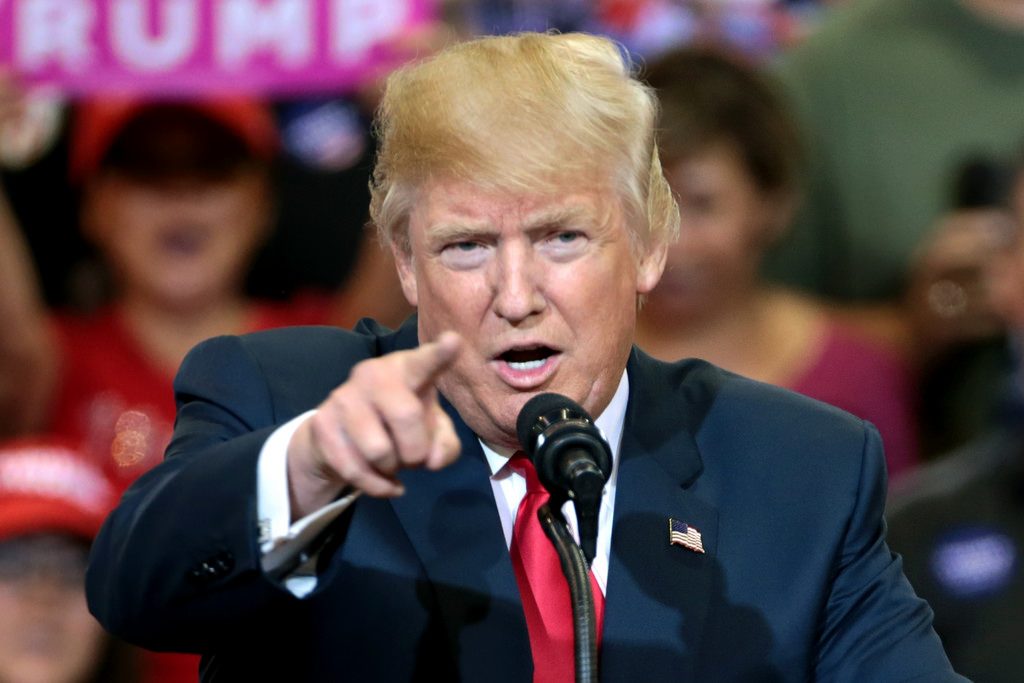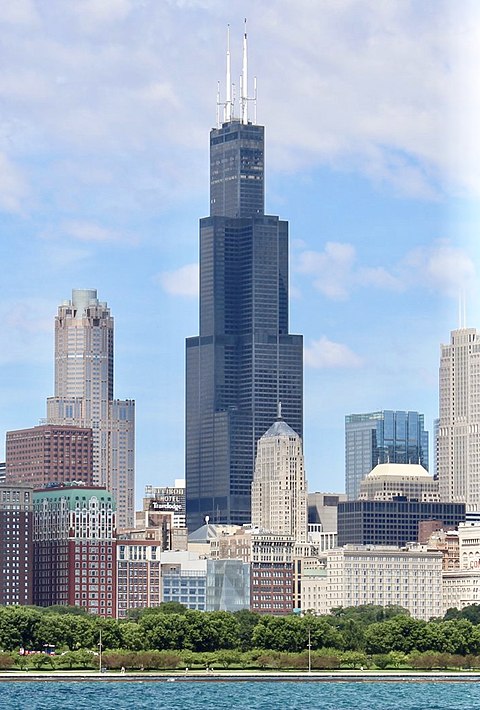Analysis: Will Trump’s Opioid Plan Actually Work?
President Trump introduced a three-pronged plan to combat opioid abuse during a visit to Manchester Community College in New Hampshire last week, comprising tougher sentencing guidelines, broader education about the issues, as well as treatment options and opioid alternatives.
According to NPR, “An estimated 64,000 people died from drug overdoses in the United States in 2016 – the vast majority of those were from heroin or synthetic opioids. That’s more than the number of people who died of gun-related violence or motor vehicle accidents the same year. New Hampshire is one of the states hardest hit by the epidemic.”
First Lady Melania Trump shakes her husband's; President Donald J. Trump's hand at Manchester Community College before he delivers remarks on the opiod crisis in Manchester, NH on March 19, 2018 pic.twitter.com/HDbpbG2OcN
— Kyle Mazza (@KyleMazzaWUNF) March 19, 2018
The president spoke assertively and bluntly, but experts and the public seem to less sure how such a plan would be paid for or enforced.
Trump’s plan focuses on reducing the demand for opioids through education. He emphasized a public relations campaign in order to warn people of the danger of opioids with the goal of cutting opioid prescription fills buy one-third within next three years.
He also introduced a new high-profile advertising campaign to discourage America’s youth from trying drugs whose nature has no differences from “Just Say No” campaigns from the Reagan era.
Another aspect of his plan focuses on the treatment and recovery support services for the addict. He highlighted a current House bill called the Preventing Overdoses While in Emergency Rooms Act (or POWER act), aims to arm patients with better access to treatment after being discharged from emergency rooms after opioid overdoses. The bills seeks to add funding for overdose antidote naloxone, stringent protocols at emergency rooms, peer-support specialists and other evidence-based addiction treatment.
The last pillar of the plan is cutting of the supply of illicit drugs such as fentanyl, which is very dangerous synthetic opioid as well as passing new legislation to reduce the number of drugs needed to trigger mandatory minimum sentences.
The last item seems to be the most intriguing: one of its proposals is to impose the death penalty on drug traffickers in certain cases, which Trump spent a great deal of time emphasizing in his speech.
A few big questions are raised here: how, exactly, Trump administration will implement all these strategies, how the budget will be used in the fiscal year 2018 and does he have a backup plan if any of these measures fails.
The president picked New Hampshire to announce his plan since opioid abuse is a serious problem in the state. According to the New York Times, 53 percent of people replying to a poll last year felt that drugs were the biggest problem facing the state.




